Throughout 2019, we posted #MythBusterMonday posts on social media, inspired by Performance Designs' Tip Tusdays, which addressed common skydiving myths believed by some skydivers.
Below are our Top 10 Myths; you can find these myths and more on our Facebook page.
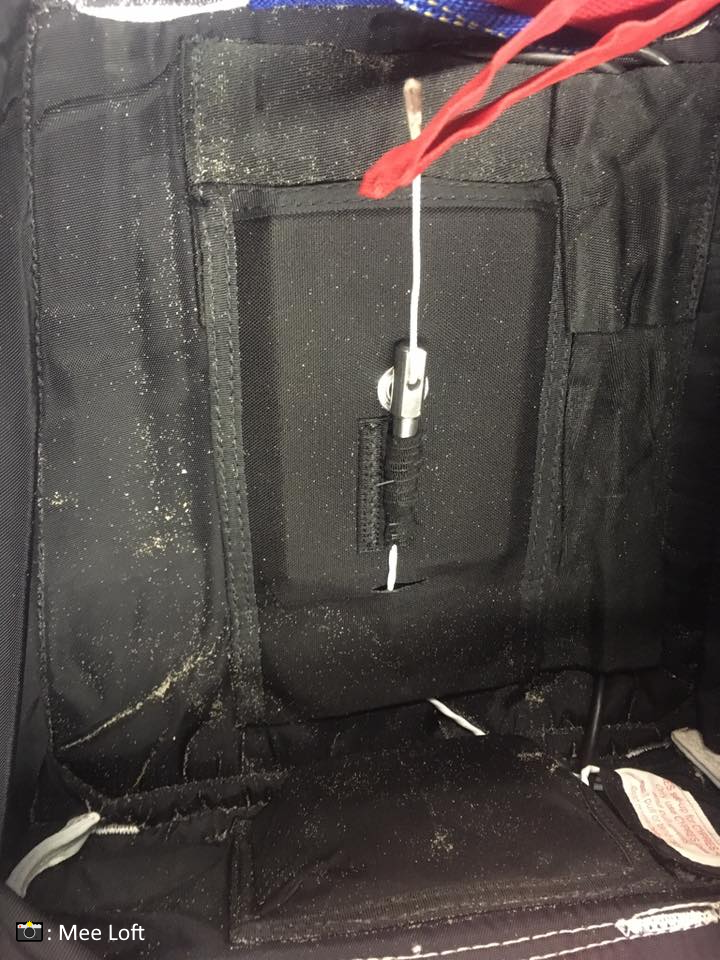 10. Myth: “Reserve repack cycles are unnecessary.”
10. Myth: “Reserve repack cycles are unnecessary.”
Whilst it may sometimes seem pointless for your rigger / reserve packer to open up your rig every 6 months just to pack it again, there are a number of good reasons that repack cycles exist.
The reserve repack is fundamentally an inspection of your container, reserve, and AAD to ensure that there has been no wear or damage to the equipment, and that it's in compliance with any new service bulletins that may have been released by manufacturers or governing bodies.
Your rigger / packer will also clear any debris that may have found its way inside the reserve tray (particularly common from dusty or sandy PLAs) and replace the reserve closing loop.
Certain coatings that may be found on canopies or lines can have a tendency to stick or form a set if left for a long period. For this reason many reserves are not made of zero porosity fabrics and have uncoated lines, but it’s certainly still worth regular repacks.
Many riggers / packers are happy to show you the inspections they do at a reserve repack, so don’t be afraid to ask if you’d like to learn more about your gear. You might just be surprised at how much they do!
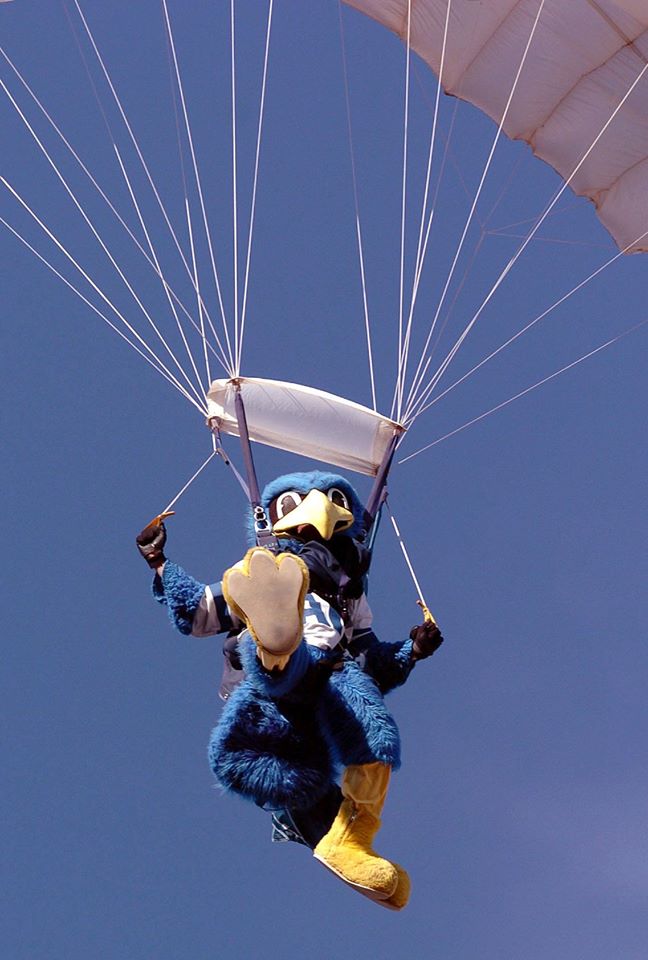 9. Myth: “You’re at risk of a bird strike in freefall.”
9. Myth: “You’re at risk of a bird strike in freefall.”
This is sometimes formed as a question by students during their initial training, whilst most of us who already jump probably don’t think about the possibility.
Most birds typically fly at altitudes up to 500 ft. Birds of prey will often fly higher, in the region of 1500 ft, and the highest flights are migratory birds, on average in the range of 600 ft - 5000 ft ASL, and the highest recorded altitude of a UK bird is the whooper swan at 27,000 ft!
The majority of birds are therefore not a concern for the freefall portion of our skydives, although there may be some in the same airspace. Thankfully, the sky is big (really, really big) compared to those of us using it (skydivers, birds, and even planes). We’re statistically safe thanks to the “big sky theory”, and although there are a few ‘skydiver vs plane’ close call videos around, these are very uncommon, and we haven’t been able to find any reports of skydivers and birds colliding in freefall during our research. Please share with us if you do!
[A skydiver has since been in touch and shared a bird strike story from 2000 in Austria, however, this is the only one that can be found, so it's still very very unlikely!]
8. Myth: “The minimum jumps for a BPA A Licence is 18.”
Through the AFF system this is certainly true (8 levels plus 10 consoles), however it’s actually possible to follow the Category System through to completion in as few as 14 jumps.
In reality, most centres have a progression system which involves 16-18 jumps, as this minimum jumps progression is a little fast through Category 8, however it does follow the BPA criteria for the progression system.
1 x Static Line (1)
3 x Dummy Ripcord Pulls (4, but 5 needed before moving on to freefall)
2 x 3-5 second freefall (7)
2 x 10 second freefall (9)
2 x 15 second freefall / altimeter (11)
1 x Turns (12)
1 x Unstable exit, backloop, tracking / track turn (13)
1 x Dive exit, backloop, tracking, 360, 360 (14)
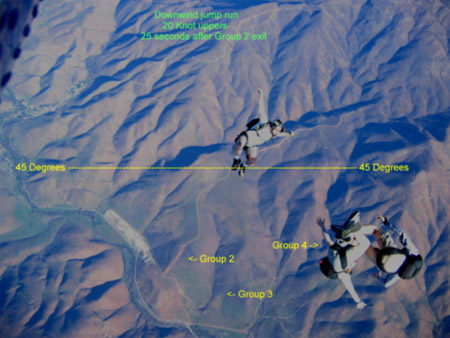 7. Myth: “To leave suitable exit separation, wait until the previous group is at a 45 degree angle from the aircraft.”
7. Myth: “To leave suitable exit separation, wait until the previous group is at a 45 degree angle from the aircraft.”
The '45 degree rule' used to be a common method for determining exit separation, however it was disproven several years ago. A video camera attached to a door at a 45 degree angle recorded multiple jump runs in different wind conditions, and found that many groups stayed above or below the 45 degree line for as long as they were visible.
This method appeared to work for a while, likely attributable to the simple fact that it makes jumpers spend a few seconds looking out the door watching the previous group whilst trying to determine the 45 degree line.
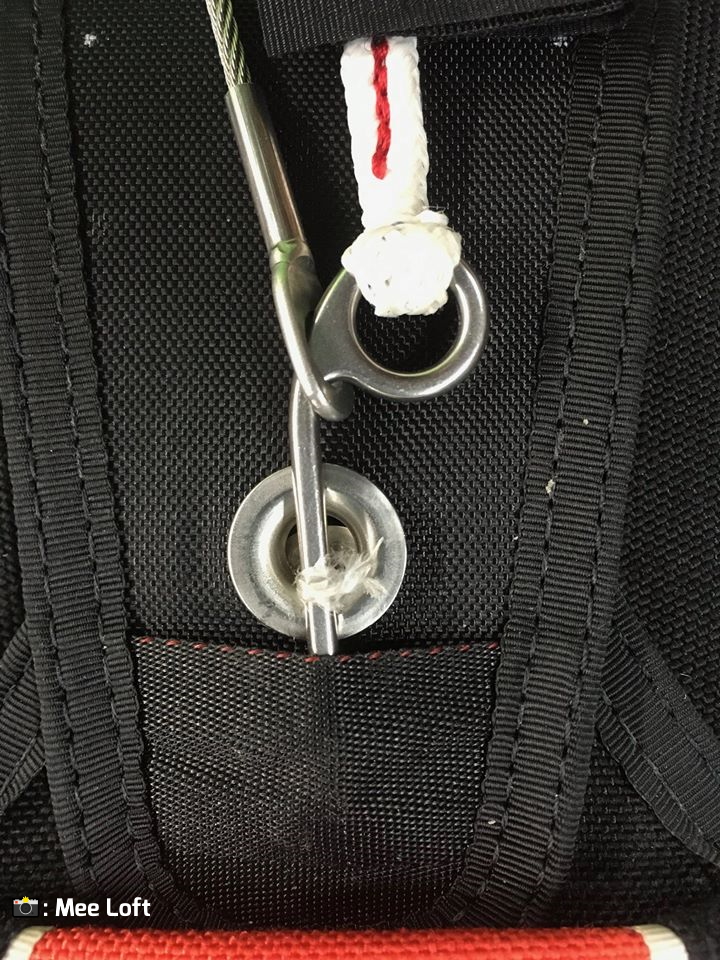 6. Myth: “My rigger is responsible for looking after my gear.”
6. Myth: “My rigger is responsible for looking after my gear.”
During the reserve repack, your rigger (or advanced packer) will do a full inspection of your container, reserve, and AAD - some will also inspect your main canopy - and let you know if anything needs extra work.
Once your kit is back with you, it’s your responsibility to ensure everything is as it should be and safe to jump. Whether you own the gear, rent it, or are just borrowing a friend’s, you should be doing regular checks on the kit to make sure it’s safe.
If you see anything you have concerns about during your inspections, speak to your rigger who will be happy to help.
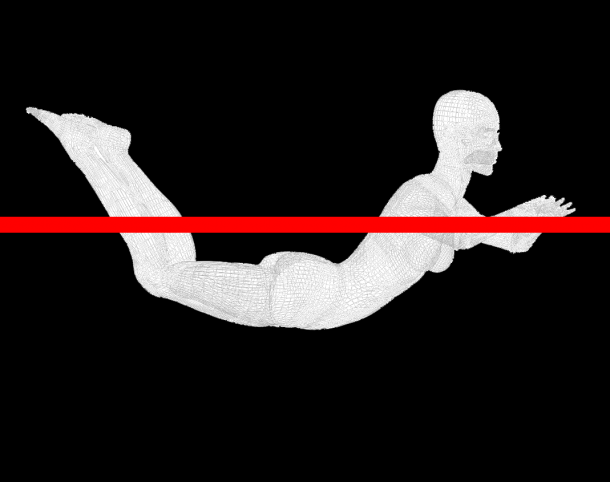 5. Myth: “Hugging an imaginary beach ball will help you slow fall.”
5. Myth: “Hugging an imaginary beach ball will help you slow fall.”
Fast fall and slow fall in the belly-to-earth position is all about your surface area. The sweet spot for maximum slow fall is having your whole body in a straight line, parallel to the ground (plus a few extra things you can do using your head and booties). When we talk about ‘de-arching’, this is the position you should aim for.
Moving beyond this line and sticking your bum in the air in a ‘reverse arch’ position (as if you were hugging a beach ball) will actually make you fall faster!
There's a full article on this from Fury Coaching.
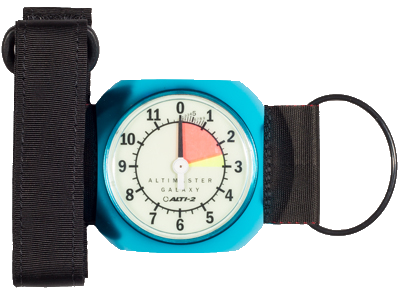 4. Myth: “All skydivers have to wear an altimeter.”
4. Myth: “All skydivers have to wear an altimeter.”
All solo student skydivers have to wear an altimeter. A licence and above only need to wear an altimeter if their planned descent is 15 seconds or more. British Skydiving Ops Manual, Sec 6, 4.1.
Obviously local SOPs (standard operating procedures) and common sense apply - we would certainly recommend taking an altimeter anyway!
3. Myth: “You go up when the parachute opens.”
This myth has come around from non- or inexperienced skydivers watching skydiving videos where the cameraperson continues to fall while filming the opening of the other jumper/tandem who disappears off the top of the screen.
It's a perception thing: from both being in freefall, the camera flyer continues to fall at ~120 mph while the other jumper's vertical speed slows down to ~10 mph.
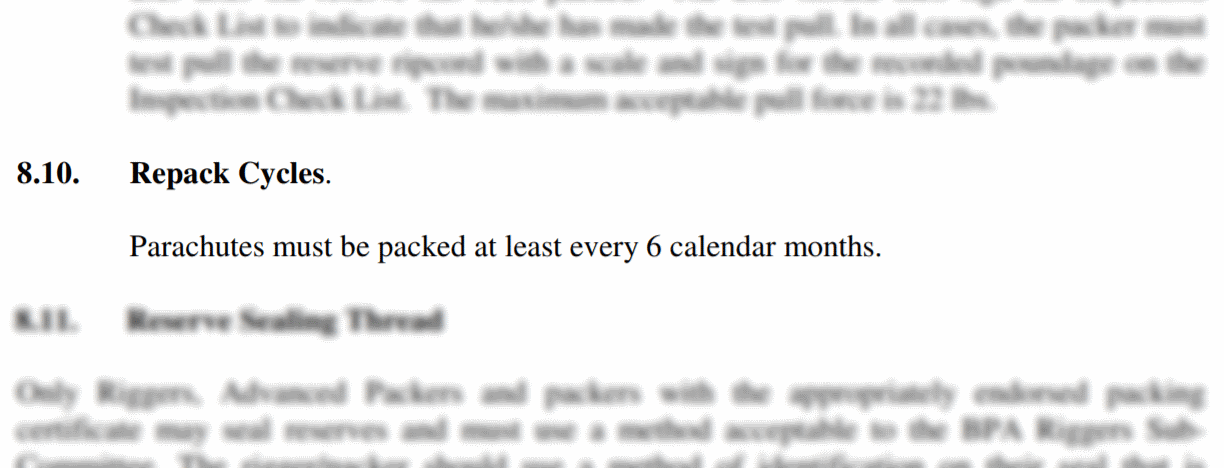 2. Myth: “Main canopies don’t need to be repacked if they’ve not been jumped.”
2. Myth: “Main canopies don’t need to be repacked if they’ve not been jumped.”
The British Skydiving Operations Manual (the ‘rulebook’ that every skydiver must follow to skydive in the UK) says that all canopies must be packed at least every 6 months. Section 6, 8.10.
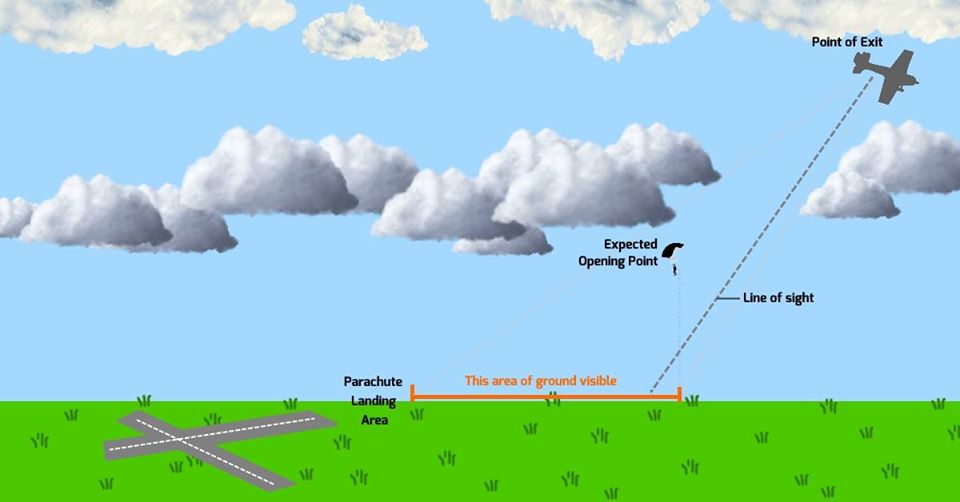 1. Myth: “You need to be able to see the dropzone from the aircraft when spotting.”
1. Myth: “You need to be able to see the dropzone from the aircraft when spotting.”
When spotting from the aircraft for a BPA dropzone, the Operations Manual states that at the point of exit, parachutists may only leave the aircraft when the ground between the canopy opening point and the PLA is visible.
Section 8, 3.1 "Parachutists may not leave the aircraft if, at the point of exit, the ground between the opening point and the intended landing area is not visible."
- - -
The top 10 myths above are based on interaction data from our Facebook posts (likes/comments/shares).
- - -
Is there something you've heard about skydiving or during your training and want to know if it's true? Get in touch with any questions or queries, and we'd be happy to help you out. Remember to check out our Facebook page as we may have already answered it. Throughout 2020, we'll be posting #TerminologyTuesday posts every week to help you get your head around all the skydiving lingo you may have heard around the dropzone.

 AADs
AADs  Containers
Containers  Canopies
Canopies  Used Rigs
Used Rigs  Used Rig Components
Used Rig Components  Full Face Helmets
Full Face Helmets  Open Face Helmets
Open Face Helmets  Helmet Spares
Helmet Spares  Helmet Accessories
Helmet Accessories  Visual Altimeters
Visual Altimeters  Audible Altimeters
Audible Altimeters  Altimeter Mounts
Altimeter Mounts  Altimeter Spares
Altimeter Spares  Packing
Packing  Gloves & Goggles
Gloves & Goggles  Knives
Knives  Logbooks
Logbooks  Bags & Cases
Bags & Cases  Camera
Camera  Rigging Tools
Rigging Tools  Rigging Materials
Rigging Materials  Black Friday Rig Deals
Black Friday Rig Deals  End of Season 2025 Clearance
End of Season 2025 Clearance  Used Gear
Used Gear  Clearance Stock
Clearance Stock  Gift Ideas
Gift Ideas  Rentals
Rentals  Rigs
Rigs  AAD Spares
AAD Spares  Container Spares
Container Spares  D-Bags & Freebags
D-Bags & Freebags  Main & Reserve Pilot Chutes
Main & Reserve Pilot Chutes  Lanyards
Lanyards  Risers & Toggles
Risers & Toggles  Cutaway & Reserve Handles
Cutaway & Reserve Handles  Bungees & Elastics
Bungees & Elastics  Loops & Links
Loops & Links  Container Accessories
Container Accessories  Main Canopies
Main Canopies  Reserve Canopies
Reserve Canopies  Linesets
Linesets  Canopy Spares
Canopy Spares  Canopy Accessories
Canopy Accessories  Jumpsuits
Jumpsuits  Formation (FS)
Formation (FS)  Freefly (FF)
Freefly (FF)  Swoop Shorts
Swoop Shorts  Working
Working  Camera
Camera  Tunnel
Tunnel  Helmets
Helmets  Altimeters
Altimeters  Accessories
Accessories  Clothing
Clothing  Rigging
Rigging  Line & Cable
Line & Cable  Tapes
Tapes  Webbing
Webbing  Hardware
Hardware  Threads
Threads  Fabrics & Netting
Fabrics & Netting  Elastic & Velcro
Elastic & Velcro  Sale
Sale  Services
Services  Winter Jumping
Winter Jumping  DZ / Sub Dealer
DZ / Sub Dealer